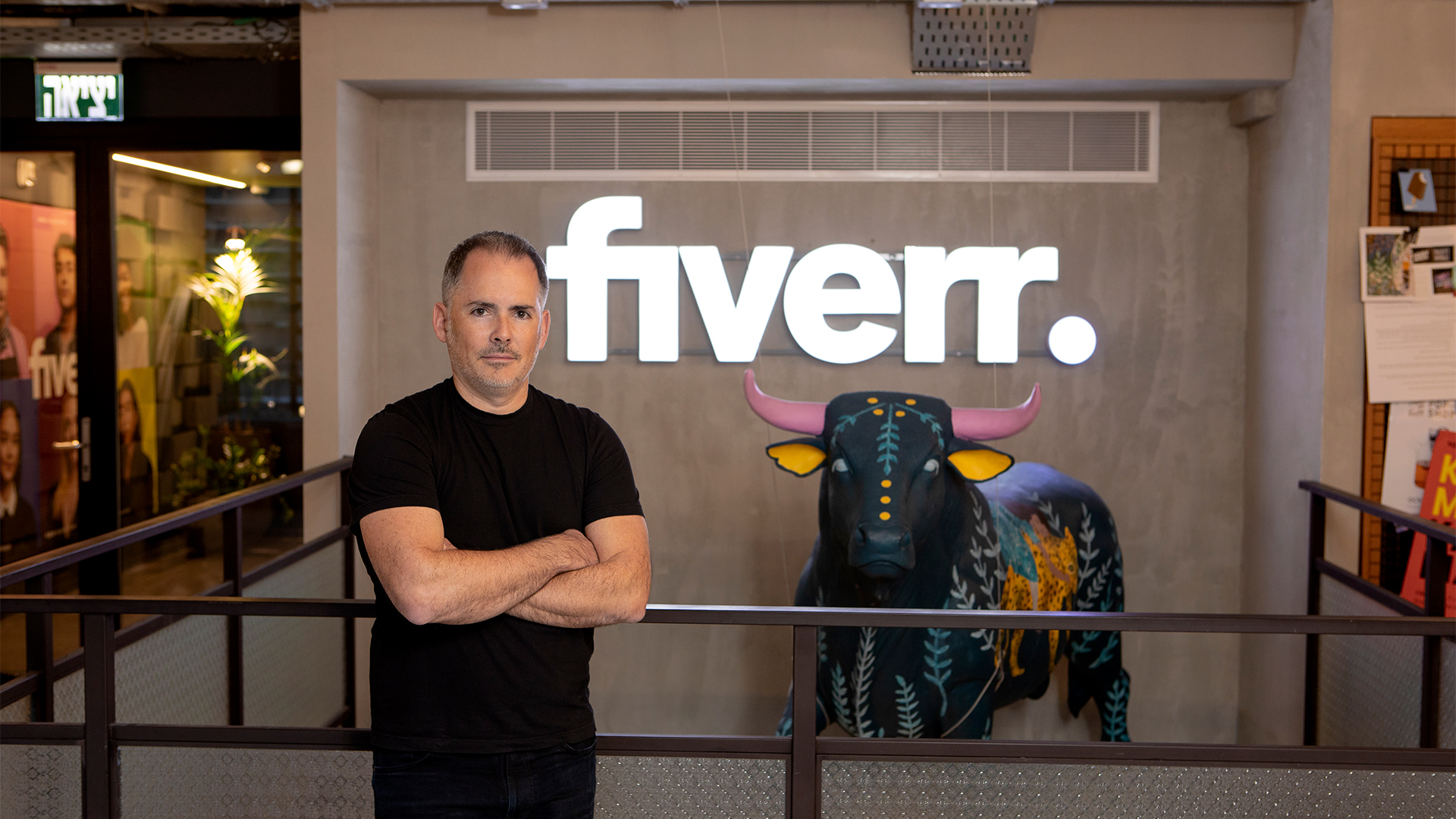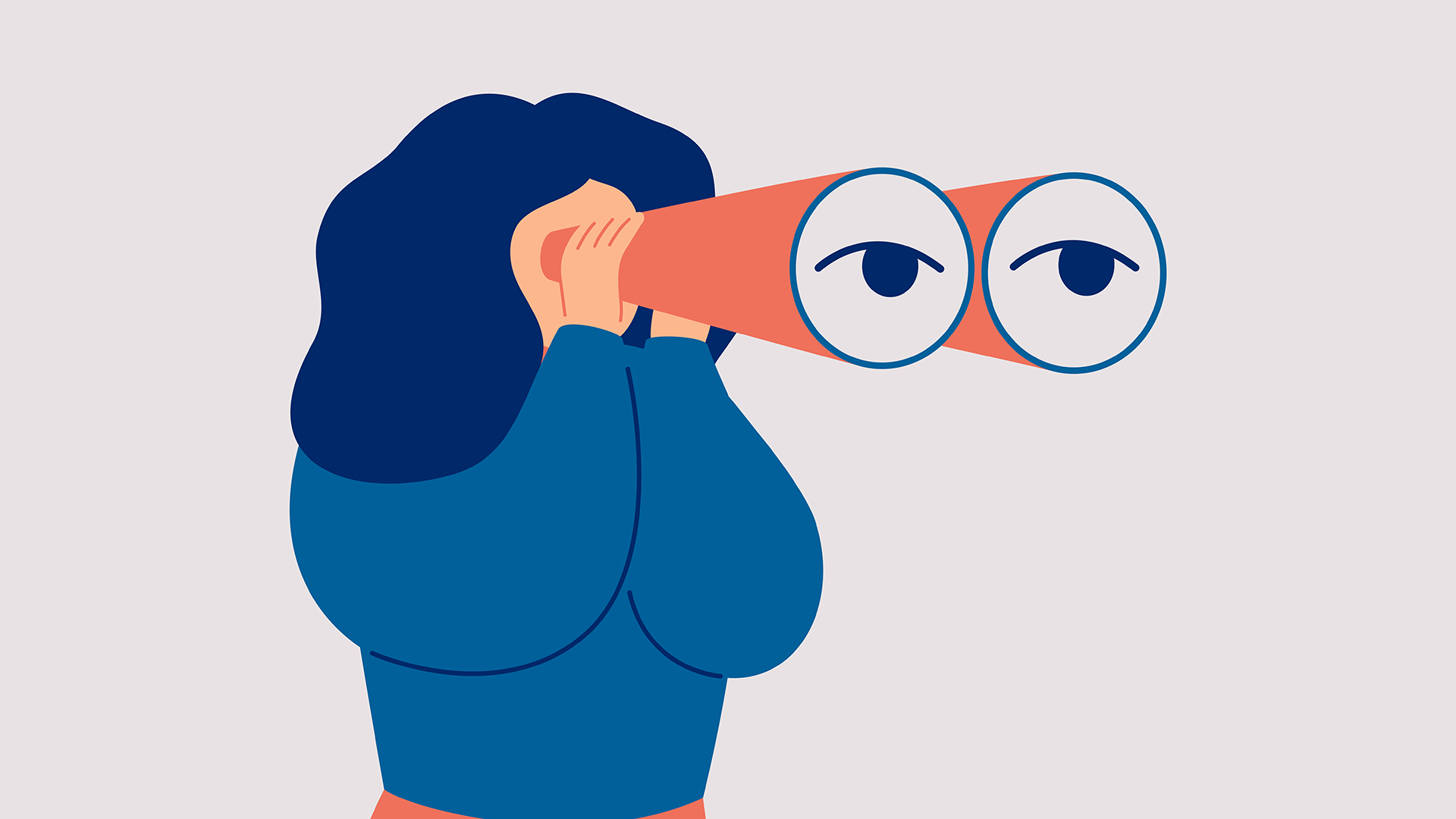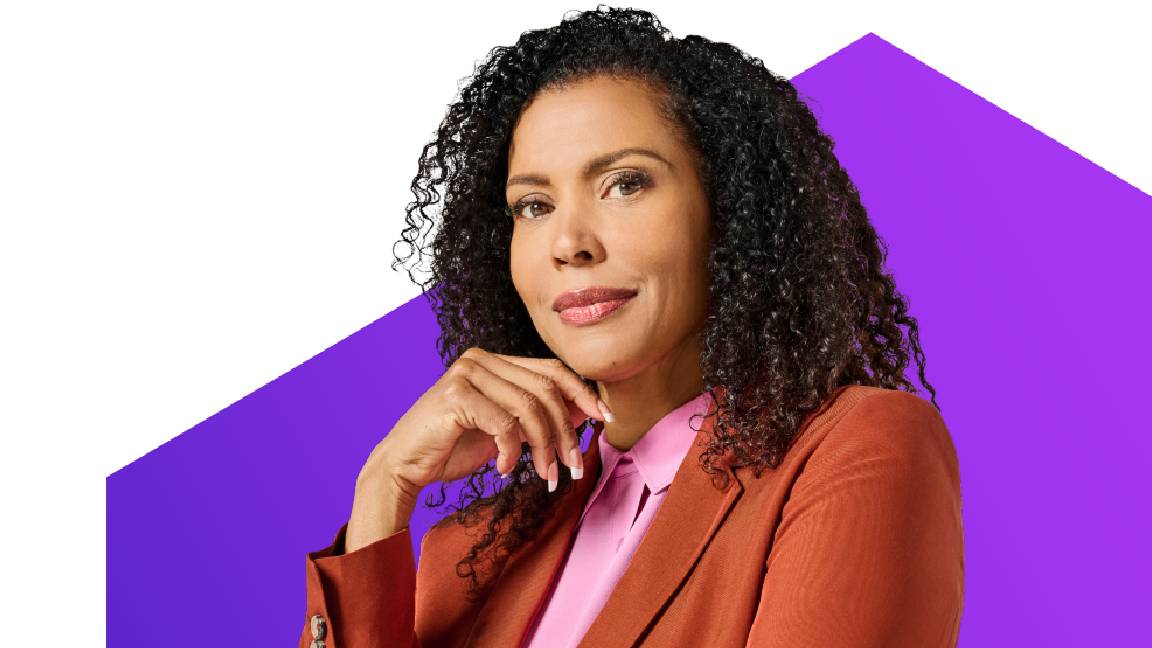7 UX skills every designer should have
It takes a lot more than just impeccable design skills to attract visitors to a website

User experience (UX) design examines what makes a website, or platform, visually appealing and functional for users.
UX design school involves combining technology with psychology and aesthetics to predict and improve the pathways users might take. These journeys start as soon as a user makes first contact with the site, and finishes when they leave. Due to this, UX designers usually work to find novel answers to tricky questions, determining, for example, how simple the journey is if a user has a specific aim in mind, or the best image to text ratio.
UX design can have a huge impact on how a website performs when it comes to traffic or sales. For example, Time.com introduced a continuous scrolling feature in 2014, which resulted in a smoother user experience and a 15% drop in the bounce rate - highlighting how even minor changes can lead to major improvements.
Instead of just creating a pleasing UI, UX designers need more than design skills as they aspire to improve the wider user journey. This could be through balancing visual elements with text, or addressing pain points. UX designers must also boost a site’s conversion rate and aid businesses in achieving their online targets. Let's take a look at some of these in-depth.
1. Conducting UX research

Every UX designer needs to also be an effective researcher.
Before setting out on the task of designing a website, a designer first needs to conduct thorough research to establish the target audiences’ needs. Quantitative and qualitative data obtained through feedback mechanisms can serve as a gold standard when it comes to creating user-centric websites.
Using surveys, questionnaires, and open-ended interviews, a UX designer can determine customer pain points are and how to solve them. Backing the design with validated UI elements can also reduce bounce and exit rates.
Get the ITPro daily newsletter
Sign up today and you will receive a free copy of our Future Focus 2025 report - the leading guidance on AI, cybersecurity and other IT challenges as per 700+ senior executives
2. Developing information architecture
Any website can be beautiful, but it can never overcome unclear messaging. Well-designed information architecture allows users to quickly find the information they need, boosting interaction.
When working on information architecture, UX designers need to have a keen eye for detail, and be able to analyze how much and what kind of information each website must contain. They also need to know how to categorize that information, and offer up the the best way to present it. A UX developer may also apply machine learning to deliver personalized, context-based information to a diverse clientele.
3. Creating wireframes
A wireframe is a two-dimensional illustration of a website’s interface comprising symbols, lines, and arrows as indicators of interactivity. The illustrations specifically focus on content hierarchy, white space allocation, page functionalities, and intended user behaviors.
They also happen to be one of the most important tools for developing or improving webites, and every UX designer needs to know how to get the most out of them.
Because wireframes are conceptual, UX designers can use them to explore design ideas before making any concrete decisions about the website’s overall structure.
4. Rapid prototyping
RELATED RESOURCE

Once a wireframe is approved, app prototyping occurs, giving the website a preliminary body.
This simulation mimics the final product, allowing the design team to run tests and offer input. Prototypes may also undergo iterations based on a client’s feedback.
By and large, adjustments are made before the development process begins to keep costs low. That said, it’s not uncommon to incur changes in the development stage.
Some useful tools for creating UX design prototypes include Invision, Axure Origami Studio, and Adobe XD. UX designers should be familiar with all of these.
5. Coding

While UX designers aren’t expert coders, knowing the basics of front-end development technologies, such as HTML and CSS, allows UX designers to make iterative website changes without a developer’s help.
The skillset can come in handy when time is of the essence. Furthermore, understanding the underlying technology and its limitations can help reduce the number of design iterations and the number of tests.
6. Responsive design
A responsive web design allows users to view a website from any device, regardless of its screen size.
The fluidity comes from cascading style sheets (CSS) that alter websites’ design based on the target device. Understanding how responsive design works is instrumental for improving accessibility, especially given the growing popularity of surfing the internet on mobile devices.
MailChimp discovered a 5-15% increase in click rates following a responsive design that changed the display type, width, and height of a website according to mobile screen size.
7. User testing
User testing, UX testing, or usability testing examines how real users react to a website. Effective testing can help identify issues, strengths, and opportunities for further enhancement. There are several ways to test a UX design, one of which is the popular tree testing method.
During the tree test, users navigate a series of topics, choosing a heading and then a list of subtopics on a simplified, scaled-down text version of a website. This helps determine how easily users can find the information they need when they visit the website for the first time.
Above all else, empathy is key
The key to UX design is empathy, and being able to deliver features and pathways that users might not ask for but that they actually do need. Incorporating compassion into the design process will ensure that UX designers instigate changes that actually improve a user’s journey when navigating a platform.
Co-founder of Nielsen Norman Group, and former VP of research at Apple, Don Norman put it well when he said: “It’s not enough that we build products that function, that are understandable and usable, we also need to build products that bring joy and excitement, pleasure and fun, and yes, beauty to people’s lives.”
-
 Bigger salaries, more burnout: Is the CISO role in crisis?
Bigger salaries, more burnout: Is the CISO role in crisis?In-depth CISOs are more stressed than ever before – but why is this and what can be done?
By Kate O'Flaherty Published
-
 Cheap cyber crime kits can be bought on the dark web for less than $25
Cheap cyber crime kits can be bought on the dark web for less than $25News Research from NordVPN shows phishing kits are now widely available on the dark web and via messaging apps like Telegram, and are often selling for less than $25.
By Emma Woollacott Published
-
 ‘AI is coming for your jobs. It’s coming for my job too’: Fiverr CEO urges staff to upskill or be left behind
‘AI is coming for your jobs. It’s coming for my job too’: Fiverr CEO urges staff to upskill or be left behindNews The latest in a string of AI skills warnings has urged staff to begin preparing for the worst
By Ross Kelly Published
-
 IBM pledges support for UK government cyber skills program
IBM pledges support for UK government cyber skills programNews The CyberFirst Girls competition is aimed at increasing diversity in the cyber security workforce
By Emma Woollacott Published
-
 AI skills training can't be left in the hands of big tech
AI skills training can't be left in the hands of big techNews Speakers at Turing's AI UK conference lay out challenges to AI skills readiness
By Nicole Kobie Published
-
 Tech talent shortages mean firms are scrapping traditional recruitment strategies
Tech talent shortages mean firms are scrapping traditional recruitment strategiesNews With more than half of enterprise leaders worried about future skills shortages, many organizations are turning to a range of new techniques to expand potential talent pools.
By Emma Woollacott Published
-
 The UK’s AI ambitions face one major hurdle – finding enough home-grown talent
The UK’s AI ambitions face one major hurdle – finding enough home-grown talentNews Research shows UK enterprises are struggling to fill AI roles, raising concerns over the country's ability to meet expectations in the global AI race.
By Emma Woollacott Published
-
 Businesses know they have major skills deficits, but less than half plan on hiring more women
Businesses know they have major skills deficits, but less than half plan on hiring more womenNews Male IT leaders remain complacent about gender diversity despite widespread skills shortages
By Emma Woollacott Published
-
 Put AI to work for talent management
Put AI to work for talent managementWhitepaper Change the way we define jobs and the skills required to support business and employee needs
By ITPro Published
-
 Essential skills for managers: Develop resilient employees
Essential skills for managers: Develop resilient employeesWhitepaper Build team culture, no matter where your people are located
By ITPro Published